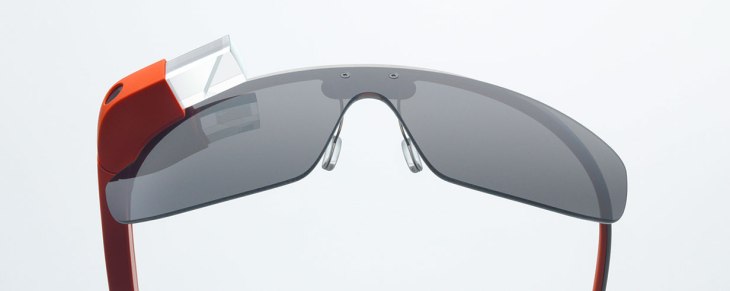That problem where you’re meeting someone for the first time, maybe to pick up something you bought through Craigslist? Google Glass can help with that. A new app designed for Google’s upcoming smart-mounted computer will be able to identify people based on what they’re wearing. The so-called InSight project (via 9to5Google) is funded in part by Google and developed by University of South Caroline and Duke University researchers, and uses a smartphone app to develop a clothing-based digital fingerprint to help identify strangers.
The app would let users like sellers on Craigslist, or members of online dating sites, or anyone meeting someone for the first time create a profile of themselves using their smartphone camera, and shots from various angles. InSight would then piece together a virtual profile of that person based on what they’re wearing, which could then be used by Google Glass to make a positive ID when that person comes within range of its visual sensors. It’s very sci-fi, it’s very cool, and best of all, it’s very accurate: in tests so far the researchers behind the project have been able to get a positive match 93 percent of the time.
The system uses clothes because it provides more visual signals at a distance to help with identification, and also because it keeps a user’s identity more or less private, since all they have to do is change clothes in order to not be identified by the same person’s Google Glass application in the future. But it could be refined to help with prosopagnosia, otherwise known as face blindness, and that’s where Google Glass’s therapeutic potential really starts to become apparent.
Prosopagnosia may affect up to 2.5 percent of the world’s population to varying degrees, according to a recent study, so while rare a system that corrects it could still have a significant impact. InSight, or technology like it, could help by identifying people based on their facial characteristics and keeping a stored database of people know to the Google Glass wearer, so that they can ‘recognize’ faces thanks to information provided through their heads up display.
The same kind of tech could also help with visual agnosia, a disorder resulting from strokes that can render a patient incapable of identifying everyday objects. And for more quotidian uses, it could work in tandem with language learning software to help learners identify the world around them in their target tongue.
Google Glass may not be something consumers can buy quite yet, but it’s already showing that it could have plenty of applications beyond just acting as an extension of your smartphone.
